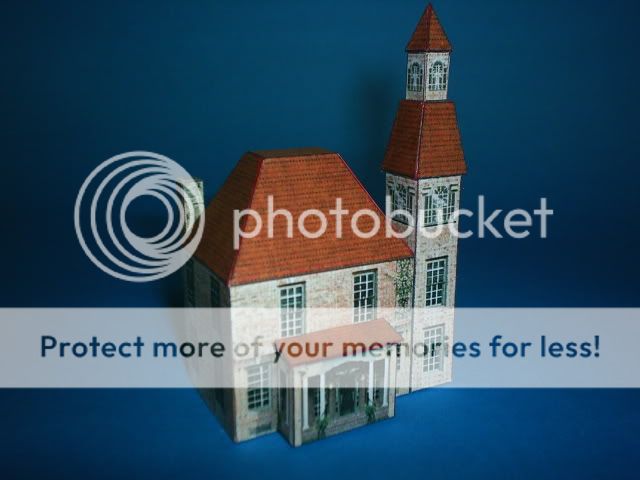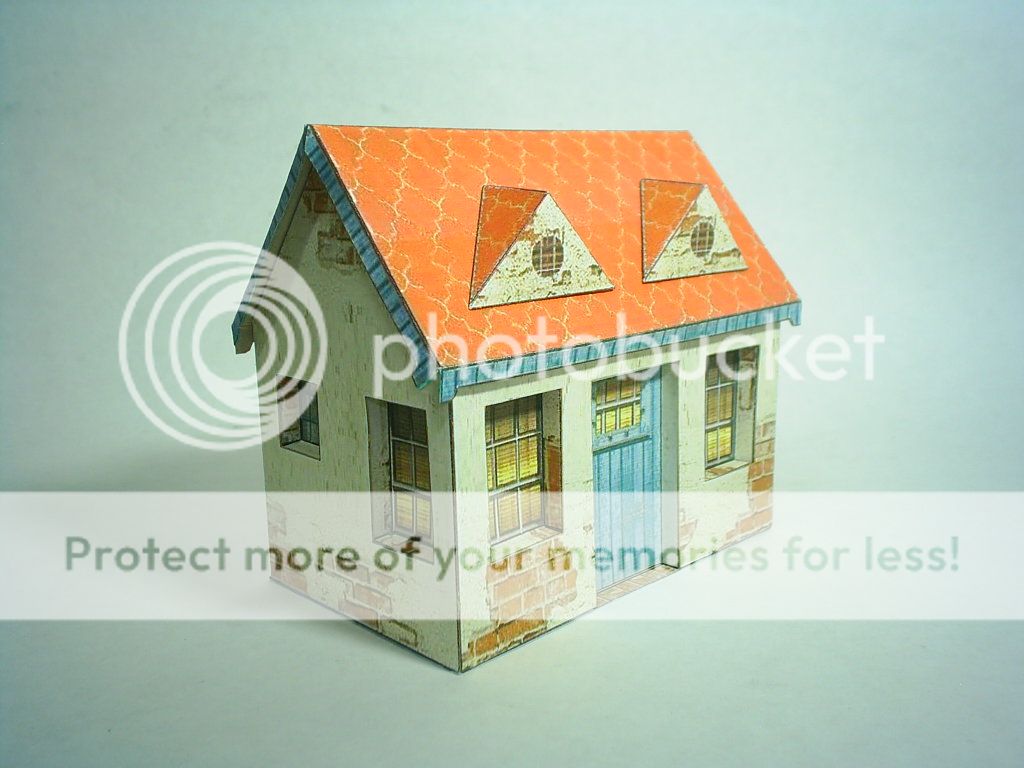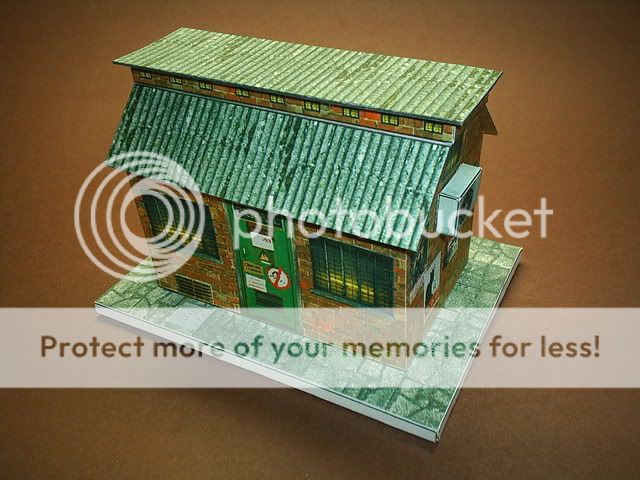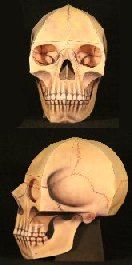 Citroën
Citroën is a major French automobile manufacturer, part of the
PSA Peugeot Citroën group.
Founded in
1919 by
French industrialist
André-Gustave Citroën (1878–1935),
Citroën was the first mass-production car company outside the
USA and pioneered the modern concept of creating a sales and services network that complements the motor car. Within eight years Citroën had become
Europe's largest car manufacturer and the 4th largest in the world.
The
Eiffel Tower served as a billboard for
Citroën from 1925 to 1934.
Citroën earned a reputation for innovation and revolutionary engineering, which is reflected in the company's slogan
"Créative Technologie". Its history of innovation began with its founding, when
André-Gustave Citroën introduced the first industrial mass production of vehicles outside the
United States, a technique he developed mass-producing armaments for the
French military in
World War I. In 1924,
Citroën produced
Europe’s first all-steel-bodied car, the
B-10. In 1934, Citroën secured its reputation for innovation with its
Traction Avant, not only the world's first mass-produced front-wheel drive car, but also one of the first cars to feature a monocoque-type body. In 1954
Citroën produced the world's first hydropneumatic self-levelling suspension system, then in 1955 the revolutionary
Citroën DS, the first
European production car with disc brakes. In 1967,
Citroën introduced the first swiveling headlights in several models, allowing for greater visibility on winding roads.
André Citroën built armaments for
France during
World War I and after the war he had a factory and no product. In
1919, the business started to produce automobiles, beginning with the conventional
Type A. The
Type A was designed by
Jules Salomon, Chief Design Officer from
Le Zèbre. The brand celebrated its
90th Anniversary in 2009. -
Wikipedia
 Citroën
Citroën é uma fabricante de automóveis francesa fundada em 1919 por
André Citroën e hoje parte da
PSA Peugeot Citroën. Sua matriz é situada em
Paris, rue Fructidor. Originalmente um fabricante com projetos relativamente simples, o carro da
Citroën chocou o mundo em 1934 com a inovadora
Traction Avant (tração dianteira) (1934-1956). Até o final dos anos 80 a companhia teve reputação de projetar carros de uma maneira original. Modelos significativos posteriores incluem a camionete de H (1947-1981, "HY"), 2CV (1948-1990,"The Duck"), DS (1955-1975, "Goddess") e CX (1974-1991).
A história de
Citroën começa com o fundador da companhia, o engenheiro
André Citroën. Construiu armamentos para a
França durante a
Primeira Guerra Mundial, mas depois da guerra ele tinha uma fábrica e nenhum produto. Em 1919 começou a produzir automóveis, começando com o modelo convencional [
Type A].
André Citroën era um comerciante esperto - ele usou a
Torre Eiffel como o maior cartaz de propaganda do mundo, segundo o
Livro dos Recordes. Patrocinou também expedições à
Ásia e
África, com a intenção de demonstrar o potencial de seus carros equipados com sistemas de tração
Kegresse para regiões hostis. As expedições eram um sucesso de publicidade.
Em 1924,
Citroën começou uma parceria com o engenheiro americano
Edward G. Budd. Em 1899
Budd trabalhou no desenvolvimento de pressed-steel para carros de estrada de ferro,
Companhia Pullman em particular.
Budd produziu aço para muitos fabricantes de automóveis, a
Dodge foi seu primeiro grande cliente. Em 1928,
Citroën introduziu o primeiro veículo totalmente em metal na
Europa. -
Wikipedia


 Link: Old.Citroen.Paper.Cars.by.Hisa
Link: Old.Citroen.Paper.Cars.by.Hisa









